Paraffin Wax Bath: Health Benefits, Indication, Contraindication
Table of Contents
What is a Paraffin Wax Bath?
Paraffin wax Bath is a white or colorless soft, solid wax used by Physical therapists for the treatment of Joint and Muscle pain. Wax is made from saturated hydrocarbons.
Paraffin wax Bath treatment is mostly used in skin-softening salon and spa therapy on the hands, cuticles, and feet because it’s colorless, tasteless, and odorless. It can also be used to relieve joint pain and muscles.
Introduction:
~Paraffin wax bath therapy is an application of the molten paraffin wax on the body part.
~Paraffin wax is a white or colorless soft, solid wax. It’s made from saturated hydrocarbons.
~the melting point of wax is 51-55c.
~if the molten wax at 51-55 c is poured on the body part, it may cause a burn.
~some impurity like liquid paraffin or mineral oil is added to lower the melting point of safe application.
~thus the temperature of the paraffin wax is maintained at 40-44 c.
~the combination of the wax and mineral oil has low specific heat.
~this enhances the patient’s ability to tolerate heat from the wax better than from the water of the same temperature.
~the composition of wax : paraffin : mineral oil is 7:3:1 or wax: paraffin or mineral oil is 7:1.
~the mode of the transmission of the heat from paraffin to the patient’s skin is through conduction.
~paraffin has a slow thermal conductivity.
~slow heat diffusion(6 times lower than water)
~paraffin wax has a low melting point (55).
~when the oil is added, the paraffin will remain at a temperature of 40 to 44 C.
~This low specific heat will enhance the patient to tolerate heat from the paraffin better than from water of the same temperature.
self insulator:
~ it gives moist heat.
~there is a layer between the skin and the wax producing heat and sweating which does not evaporate.
~after removal the heated part cools quickly by evaporation.
~it is analgesic;-
~This insulting layer keeps the heat and is effective in the relief of pain.
Physical Principle
The transfer of heat in paraffin wax Conduction from the layer of solid paraffin wax into the skin is how bath treatment works. Applying warm paraffin wax to the skin improves circulation, accelerates healing, and draws toxins out of the skin, all of which lead to the expansion of blood vessels.
PWB Unit:
~container is made up of enameled baths or stainless still and fiberglass shells.
~container contains wax and paraffin oil in the prescribed ratio.
~thermostat keeps the temperature adjusted with a knob.
~ The thermostat pilot’s lamp indicates weather the thermostat is on or off.
~power pilots lamp show whether power is on or off.
~lid cover container and caster allow the paraffin wax bath container to be moved from place to place.
PWB methods of application:
There are mainly 5 methods of Paraffin wax Bath for applying Wax Bath.
Dipping and Wrap:
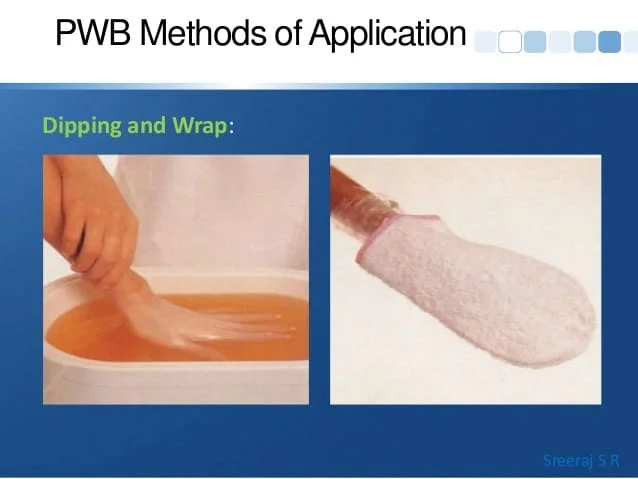
~most common method.
~involves placing body parts to be treated in a paraffin bath, followed by removing it and allowing the paraffin to cool and harden.
~approximately 7 to 12 dips are done.
~followed by wrapping in wax paper or plastic which is covered by a towel or insulated mitts.
~ application time is 20 to 30 minutes or till the wax cools.
Immersion:
~ Dip once for having a glove.
~then immerse for 15 to 20 min.
~never immerse at first for a long time without making a glove.
~dry before to have insulation.
Direct pouring method:
~the molten wax is directly poured by a mug or utensil on the part to be treated and
~wrapped around by a table.
~the wax is allowed to be solidified for about 10-20 minutes.
~several(4-6) layers can be made over the body tissues.
Toweling or Bandaging method:
~a towel or roll of bandage is in molten paraffin wax and
~wrapped around a body part.
~several layers can be made over the body part.
~this method is preferably used for treating proximal parts of the body.
Brushing Method:
~it is a less commonly used method of paraffin wax bath application.
~8-10 coats of paraffin wax are applied to the area with a paint brush using even and rapid strokes.
~the area is then wrapped with towel for 10-20minutes and after this time paraffin wax is removed and discarded.
Physiological effects of heat:
~hemodynamic effect
- neuromuscular effect
- metabolic effect
- tissue extensibility
- pain and muscle sspasms especially in the distal extremities.
Indications of Paraffin Wax Bath:
~ edema and inflammation:
~gentle heat reduces
~ post-traumatic swelling of hands and feet
~swelling of the hands in rheumatoid arthritis
~swelling of the hands in degenerative joint disease.
~especially in sub-acute and early chronic stages of inflammation.
~caution is needed in acute arthritic pain and swelling.
Adhesions and scars:
~wax soften and facilitates the mobilization and stretching procedures.
Contraindications of Paraffin Wax Bath:
~ischemia:-eg; arterial insufficiency
~hemorrhage:-there is an increased arterial and capillary blood flow and heat.
~impaired sensation: spinal cord injury may predispose to burn.
~inability to communicate or respond to pain: eg. dementia
~malignancy:-may increase tumor growth
~acute trauma or inflammation:-diffusion across membrane is increased
~scar tissue:-elevation of temperature increases the metabolic demand of the tissue, scar tissue s inadequate vascular supply, and is not able to provide an adequate vascular response when heated, which can lead to ischemic necrosis.
~poor thermal regulation.
Advantages:
~useful for pt. with poor heat tolerance, dry scaly skins, after plaster of paris removal.
~can be followed by therapeutic exercises.
~can be carried out at home.
~wax can mold around the bony contours of heat & hands.
~heat is applied evenly by conduction.
Disadvantages:
~effective only for distal extremities in terms of ease of application.
~no method of temperature controls once applied.
~heating last only about 20 minutes.
~it is a passive treatment: exercise may not be performed simultaneously.
Conclusion
In addition to its many cosmetic advantages, paraffin wax treatments can help those with fibromyalgia and arthritis. If you have the necessary tools, you can do it at home or it is mostly available in physiotherapy clinic.
FAQs
The goal of the wax is to completely envelop the hand (or other body parts, such the foot). Pain from sore joints, sore muscles, or arthritis is supposed to be relieved by its warm warmth. If you have any surgical or medical hand issues, your hand specialist might suggest a paraffin wax bath.
Being a natural soothing, the wax helps to leave skin feeling smooth and supple. When administered topically, it raises the skin’s moisture content and keeps it there long after the therapy is finished. Additionally, it can aid in pore opening and dead skin cell removal. This could give the skin a more youthful appearance and smoother texture.
Paraffin wax is frequently used in skin-softening treatments in spas and salons to hydrate the hands, feet, and cuticles. As an occlusive moisturizer, paraffin creates a physical barrier on the skin to stop the loss of moisture. One’s skin may feel supple and soft as a result of this.
Bath therapy with paraffin wax is safe, however when using at-home kits, be careful not to overheat the wax. If you have cuts, open sores, or inflammatory skin disorders, you should avoid using wax bath therapy.
Using paraffin wax to treat hands and feet ache or stiffness is one of the most popular uses for it. Petroleum is used to make paraffin wax, which is usually regarded as safe. The various uses and safety concerns of paraffin wax will be covered in this article. It will also go over dipping with paraffin wax.

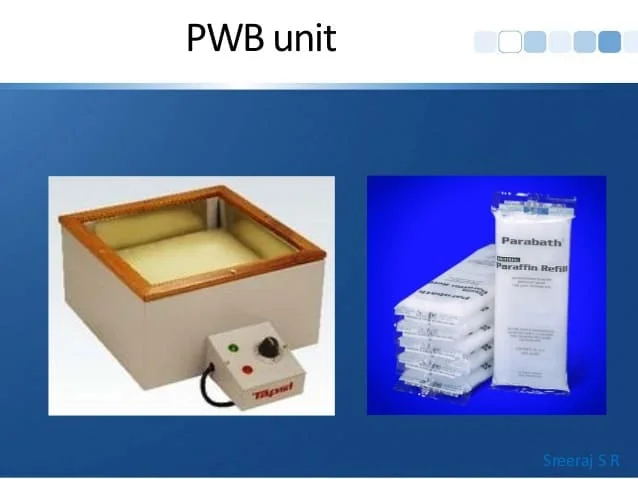
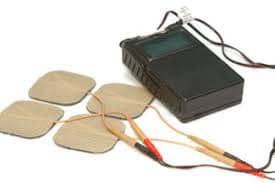

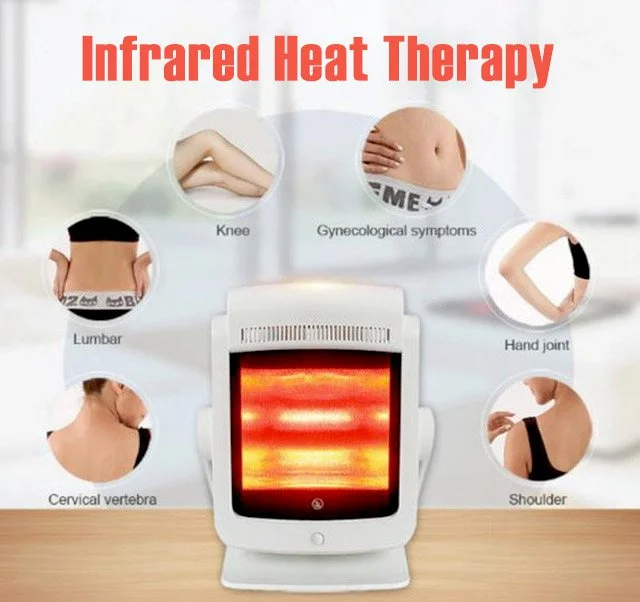
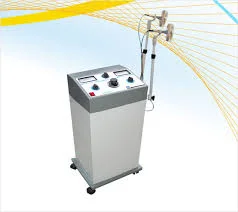


6 Comments